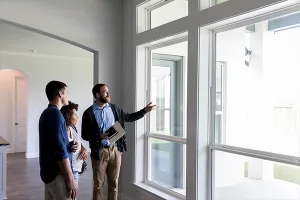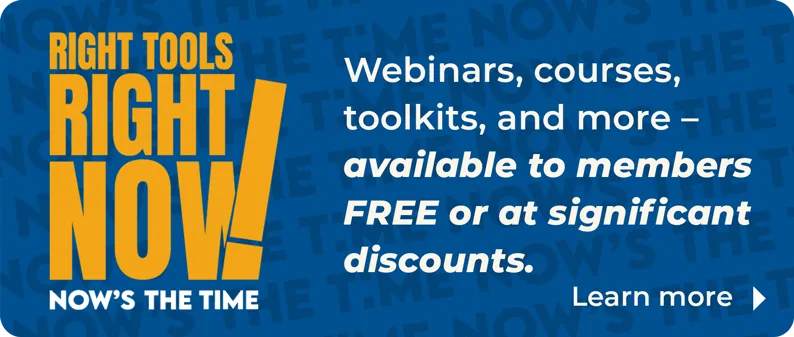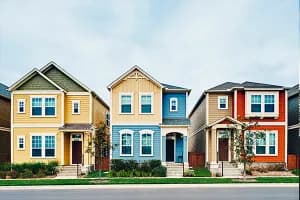One might think that the decrease in real estate values the nation has experienced in recent years would lessen the need to focus on affordable housing. Yet, in spite of decreased prices of homes, housing affordability remains a major concern. For those trying to buy a home, more stringent lending standards and higher down payment requirements are making it difficult for moderate-income families to become homeowners. And a greater demand for rental housing has made rents unaffordable for many lower-income and working families.
The high number of foreclosures has brought into focus the need for models of homeownership that can be sustained over the long run. Long-term operating costs can be reduced by the greening of homes, and alternatives such as shared equity can get working families on the first rung of the homeownership ladder at a lower cost. Neighborhood stabilization programs are healing communities ravaged by foreclosure, while providing new housing opportunities. Employer-assisted housing can enlist employers as partners in meeting the housing needs of working families. And, places that have strong demand for housing now — such as downtowns and transit locations — are using creative methods to integrate affordable housing into the mix.
Some developers, facing a much more difficult lending environment, are rethinking the scale of their projects, focusing on smaller increments that do not require a large amount of debt. Many home builders are building smaller homes, as high unemployment and stagnant wages have led many consumers to shy away from the very large houses that were such a big part of the market in the boom years. “Smaller and slower” development can provide a business model that better fits these times.
In addition to describing these various tools that can be used for sustainable affordability, we also highlight in this issue many examples of how state and local REALTOR® associations are playing increasingly large roles in addressing the workforce housing needs of their communities. Ensuring a community has an adequate supply of sustainable affordable housing is a complex task that requires the use of many strategies, in this or any economy.








